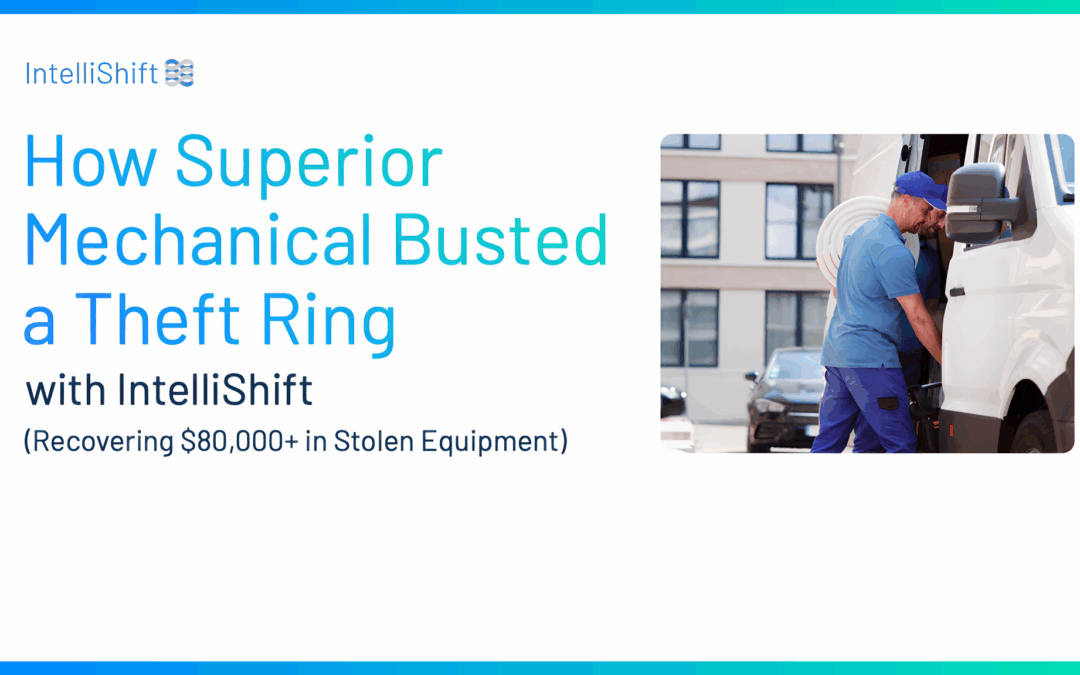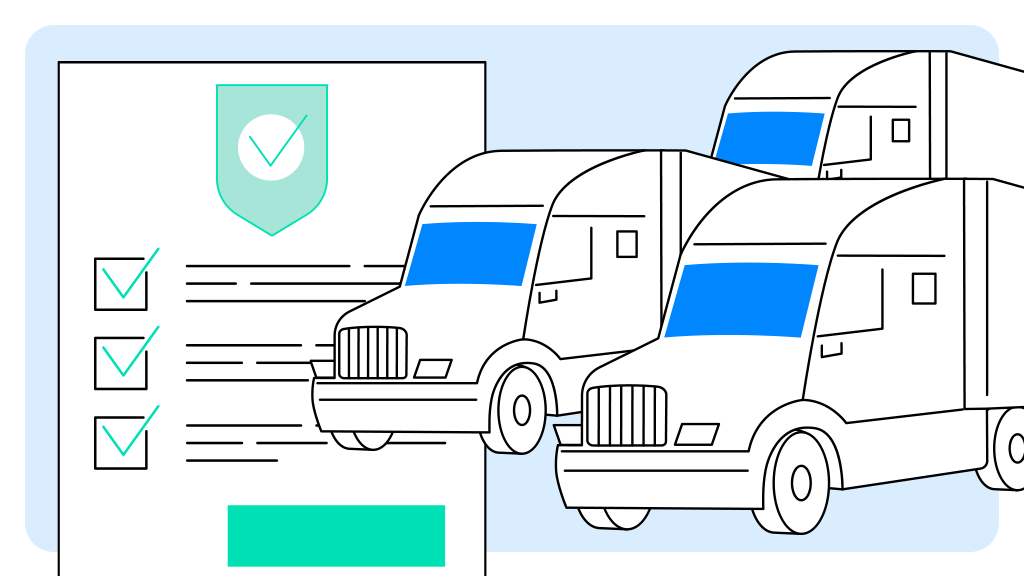When you run a small or mid-size fleet-driven organization, you can’t operate without your drivers. They’re a critical asset to your success, and maintaining their health and safety is always a top priority.
But operating vehicles and equipment comes with inherent risk, and with the annual accident rate for commercial fleets averaging around 20%, vehicle crashes and other incidents are inevitable – and expensive. Even if your fleet is small, you’re not immune from the risk. So while establishing a safe and efficient work environment is important, it’s not enough.
To keep your business, your fleet, and your drivers healthy, you need to go a step further and put a solution in place that can provide irrefutable evidence to exonerate your drivers when they’re hit with a false liability claim. And believe it or not, false claims happen all the time. In fact, despite 80% of truck-car crashes being shown to be caused by car drivers, commercial vehicles are easy blame targets.
Establishing a comprehensive safety program will minimize safety events and rein in the escalating cost of insurance and other related expenses like legal fees and claim payouts.
How Much Is Fleet Insurance Costing Your Business?
- Average annual insurance cost for fleets with new authority is $12,000 to $16,000
- Average annual insurance cost for fleets with own authority is $9,000 to $12,000
Accidents are Expensive – Is Your Fleet-Driven Business Paying More Than Its Fair Share?
When one of your drivers gets into a crash with another vehicle, or is accused of causing property damage, it sets in motion a myriad of time consuming and expensive insurance, legal and other processes – and this is true for all of those incidents where your driver wasn’t even at fault.
The good news is that advancements in technology have put you in a position to see exactly what happened, how (or if) your driver was involved in the incident and it enables you to quickly gather the exonerating evidence needed to prove to the authorities and your insurance company the driver’s innocence.

Beyond gaining the ability to exonerate your drivers from false claims of liability, it’s also critical to proactively reduce the chances your driver will get into an accident in the first place. As a manager, it’s important for you to keep your assets on the road. When a vehicle (and potentially the driver as well) experience downtime due to necessary repairs, that downtime translates into dollars. Vehicle downtime costs an average of $448 to $760 a day per vehicle, and that adds up quickly.
If a vehicle can no longer be used following an accident, even for a short period of time, the productivity of your organization is affected, and you won’t be able to deliver on your promise to your customers.
And if the goods in the vehicle are damaged, you’ll face additional insurance claims to recuperate those lost costs. You likely already have a well-thought-out safety process in place, but how are you protecting your business and drivers from incidents that aren’t your fault?
False Claims: Can You Tell if Your Driver is Really to Blame?
“Sometimes drivers do get blamed for things they don’t do,” said Joe Gallitto of DJ Ambulette in a recent Connected Ops Visionaries Podcast episode.
“It’s kind of difficult to tell a customer, ‘sorry, you’re wrong,’ continued Gallitto. “But we’re able to go to a video and show exactly what happened. That was revolutionary for us. Drivers, after a few months and a couple incidents, were able to see that this was a tool not just for us, it was for them.” DJ Ambulette’s drivers now request video footage when incident claims come in.
When you download our eBook on how to exonerate driver from false claims you’ll learn:
- The technology you need to put in place to establish hard evidence for exoneration – and features to look for when you choose a solution.
- How to deploy a proactive solution that saves you time and money while also reducing accidents.
- Steps to take to ensure you’ll have full adoption by your drivers and your management team.

![Episode 50 Thumbnail Erin celebrates building the fleet community with 50 episodes and 11K followers on LinkedIn [Podcast]](https://intellishift.com/wp-content/uploads/2021/05/SMB-Exonerating-Drivers-eBook-Cover-no-Text-compressed.jpg)



